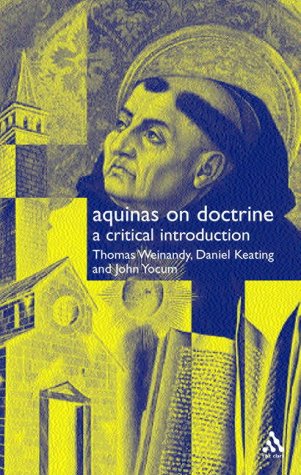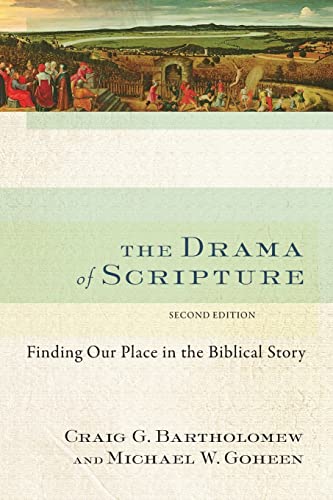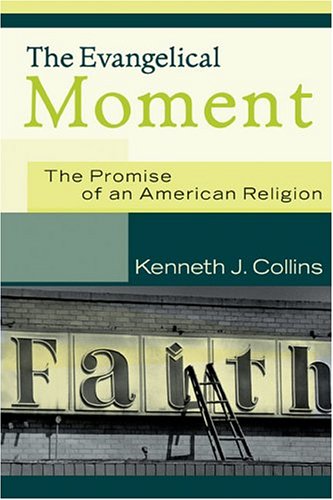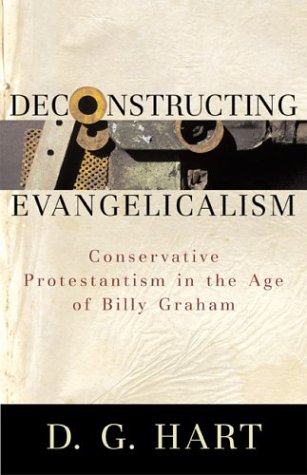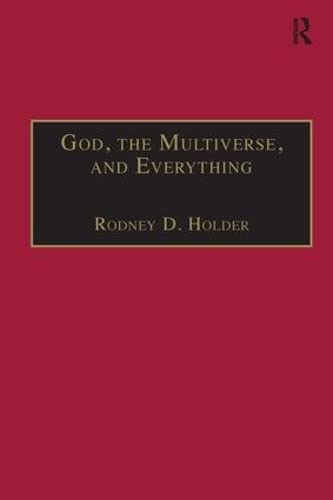Volume 31 - Issue 2
A Stone Hushin’ Life
By Robbie F. CastlemanWhen my son Scott was a youth pastor, he worked with a musically talented friend and wrote the lyrics for a few new songs. He wanted to write lyrics that better reflected the richness, complexity and often paradoxical truth of Scripture. He wanted the young people in his youth group to think and sing at the same time. Scott and his friend compiled a self-published songbook and entitled it Stone Hushin’ Music. The idea, of course, is based on Jesus’ admonition in Luke 19:40, ‘I tell you, if these be silent, the stones would shout out.’
I loved the idea implied by Scott’s Americanized southern term ‘Stone Hushin’. What does it mean to be a Stone Husher? To live a Stone Hushin’ life? What does it mean to do all that we do as an act of praise? G. K. Chesterton asserts that Gothic architecture was literally a fulfilment of this prophecy. Chesterton makes the point that in the time in the Church’s history when all but the clergy were marginalized, silenced and greatly excluded from the central acts of worship, medieval lay-people, the architects, stone masons, wood carvers, and artists quietly contributed their best work (Orthodoxy). These cathedrals still stand as monuments of silent praise, still draw the eyes and hearts of tourists and pilgrims upward to the truth framed in stained-glass and hidden in the beauty of the high altar.
The praises of God’s people can be carried by any work of God’s people (the definition of liturgy!) that honours God, reflects his Word and is offered to him as our very best. As a university professor, I want to motivate all my students, not just the Bible and theology majors, to be Stone Hushin’ Scholars. How do I help students understand that worship isn’t confined to sanctuaries or chapels, but should be manifest in laboratories and classrooms? In the particularity of the incarnation, Jesus asserted his Lordship over all the created order. Farms, construction sites and stores should be places of praise as much as mission fields, church buildings and homes.
However, my students often feel compelled by the world’s needs to ‘do something’, but that something only seems spiritual if it’s directly (and often-times instantly!) related to church or mission. The sacred-secular split is alive and well in the world-view of many Christians. Students often assume that dropping out of school, going to Africa and caring for a hundred AIDS victims for six months is really spiritual, radically obedient and what Jesus would do. But they don’t automatically consider that hard work and excellence in the micro-biology lab can help lead to a career that eventually finds them on a team of researchers that discovers the cure for HIV-AIDS that can save millions. My point is not to set these two things against each other in a who-is-holier competition, but to urge people of faith to see all work done with excellence as Stone Hushin’ work.
Stone Hushin’ Scholars realize that God values science, education, music, history, maths, economics as much as missions, ministry and biblical studies. Stone Hushin’ Scholars want to love the Lord with whole-life stewardship, including the life of the mind. Stone Hushin’ Scholars know that brains and belief are not mutually exclusive, that every square inch of creation is indeed the Lord’s, and that the sacred-secular split is a lie from the father of lies. The implications of this are legion.
American evangelicals often bemoan the outcome of ‘Roe versus Wade’, the Supreme Court decision that legalized abortion in the United States. The justices of that court are vilified and abhorred for this January 1972 decision. The law may have gone into effect that January, but the case was lost well before then when Christian parents failed to value their children’s decision to study the law instead of ‘enter the ministry’ and when churches took more interest in the lawyer’s income than in his or her law practice. None of the Supreme Court justices would have identified themselves as atheists or pagans, and most, if not all, were members of Christian congregations. But they had never been challenged or taught to ‘think Christianly’ in a world gone wrong.
If Jesus is Lord of the universe, the sacred-secular split in our world and in our lives is anathema to what we believe and know. Thinking believers who love God must be good for the world. Men and women in holy partnerships in work and family are to exercise benevolent dominion over all the cosmos God loves. As bearers of God’s image, we are to bring light out of darkness and order out of chaos. We are to organize, categorize and name creation. The beginnings of art, the sciences, the humanities, worship and recreation are all there in the first creation account of Genesis. The persistent and joyful exercise of the Creator’s mandate is more urgent, and more difficult after the Edenic rebellion, but it has never been revoked.
Stone Hushers remember that ‘the creation waits with eager longing … to be set free from decay … groaning … while we wait for adoption, the redemption of our bodies’ (Rom. 8:19–23). ‘The redemption of our bodies’ is a startling reminder in the Scripture that the final sanctification of embodiment ends the war between body and soul. In Christ, our humanity is fully redeemed. In the ascension of Jesus to the right hand of God we see the fulness of our own humanity and the promised restoration of all creation. Because of this, all work that contributes to the benevolent dominion of God’s world is sacred and has the capacity to praise the Creator. Stone Hushin’ people recognize the doxological possibilities of their work as worship. And we will not be silent!
Robbie F. Castleman


